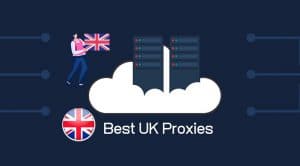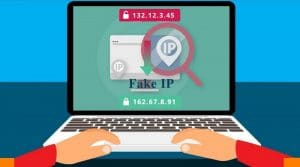What do you know about proxy ports? If you are just getting to know about the concept and want to learn more, then be our reader on this page as you will learn important things about proxy ports.
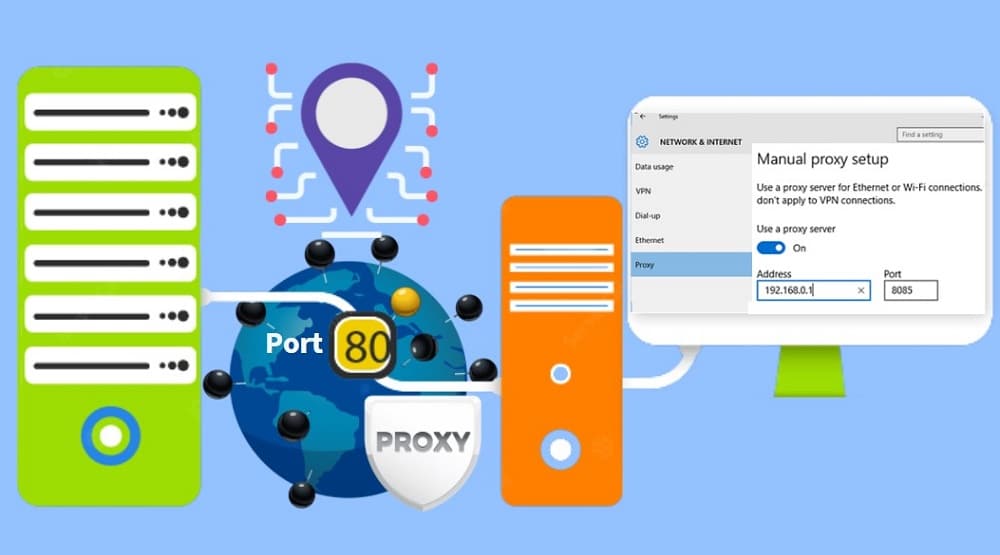
If you are looking to read up on proxy ports, then it is wise to say that you already know about IP addresses which are unique identifiers assigned to devices connected to the Internet. Depending on the way you might want to see it, but in a layman's understanding, it can be likened to a house address.
But knowing the house address isn’t all that’s required; you need to know the door through which you can access it and the location meant for you to occupy that’s where IP ports come into play. While the focus in this article is on proxy ports, the whole idea of proxy server address and port and drawn from the workings of the Internet Protocol.
Because the basis of proxy address and port is drawn from IP address and port, you cannot understand what they are unless you grasp the workings of the Internet.
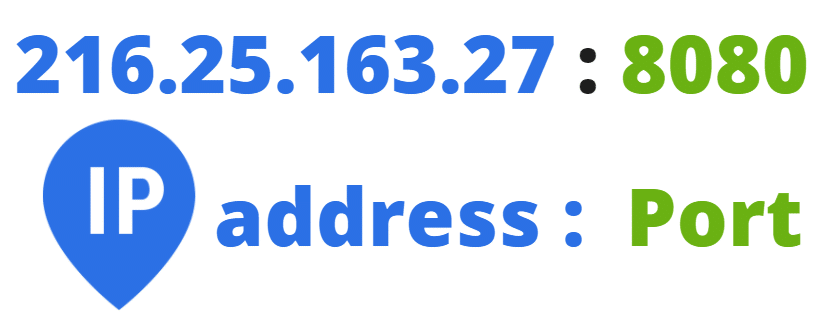
In this article, while proxy ports are the main topic, discussions would incorporate general IP addresses and ports to make it easier for you. You will learn what proxy port and number. You will also learn the popular IP ports used in proxy servers and other things you need to know.

What is an IP Port Number?

Every computer connected to the Internet via the Internet Protocol has a unique number assigned to it, which is meant for identification and communication. This number is known as the IP address, and all devices connected to the Internet have it. With this number, you can send data to another computer remotely.
However, when the data gets to the computer, how does it communicate with the computer system? If you try establishing a communication with a remote server with a port it isn’t designed to listen with or not meant for such; your messages would fall on deaf ears.
The IP port serves as the communication endpoint, and it is a logical construct that identifies a specific process or a type of network service. The number assigned to each port is known as the port number.
Port number ranges from 0 to 65535.
Many of these have their standard usage – some are meant for e-mail communication, others for file transfers, while others are meant for web browsing, among others. Generally, each port has its own standard usage. While you’ve not been forced to follow the standard, not doing so would lead to conflict.
How IP Ports Relate with Proxy Ports?
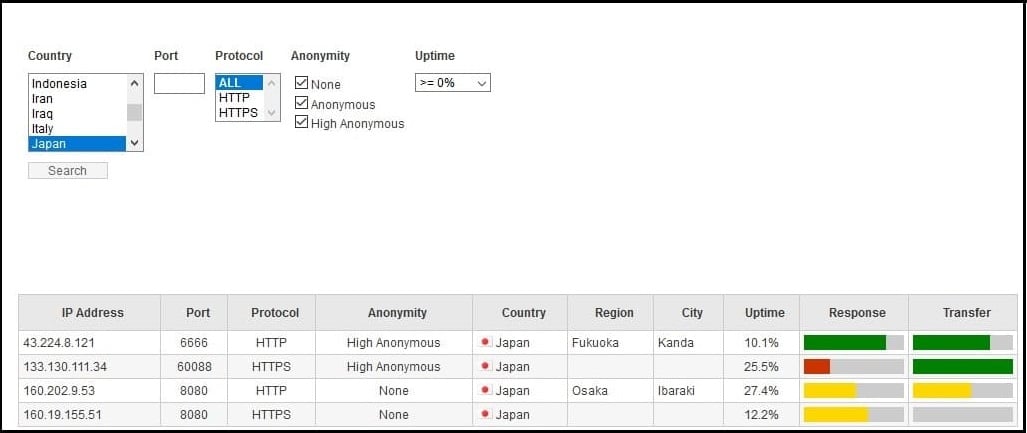
The proxy port is not different from IP ports. They are equally communication endpoints on a server. The server, in this case, a proxy server, has an IP address with which you can connect to it and send your web requests through. However, when it comes to the number of ports available to you as a proxy server, the port is greatly limited, and the ports you can use would depend on the port handed over to you by the proxy server admin.
Unlike in the case of regular servers or Internet-enabled devices, proxy servers do not respect conventional and standard, and if they do, they do so in other to hide the fact that they are proxy servers.
There are ports reserved either officially or not for proxy servers such as 1080, 4444, 8580, and 9050, among others. However, most anonymous proxy providers would not use them as doing so would mean revealing themselves as proxies to Internet Service Providers (ISPs), which could get the ISPs to block them.
What is a Proxy Port Number?
Instead of using port numbers for different communication types, proxy servers use them as endpoints for their proxy pools. They could use port numbers to differentiate proxy pools for different countries or proxies for different use cases.
Just having access to a proxy service does not give you access to all of their ports since they have tiers and the ports you can access in many depends on the package you bought. A proxy port is only open to you if you are authorized to access it else, your traffic wouldn’t be allowed through.
How Does Proxy Ports Differ from Proxy Address?
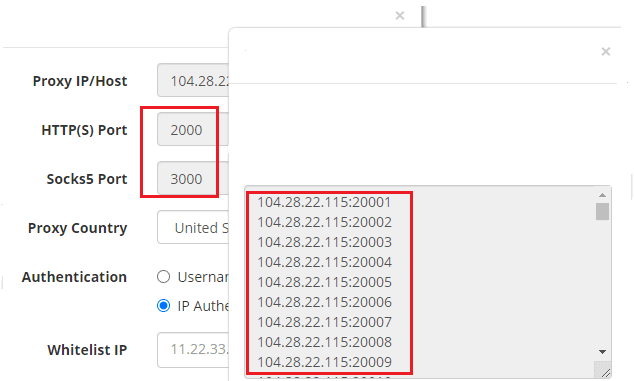
While this question might have an obvious answer, it might be confusing to some newbies. Already, we stated that proxy ports serve as endpoints to proxy pools.
What then are proxy addresses. Proxy servers are accessed by their users remotely. Because the access is remote, users need the address to a specific proxy server, and as such, a proxy address is needed. You can see the proxy address as the IP address of a proxy because that is what it is. However, things can be confusing depending on the provider you are using.

For most datacenter proxies, the proxy/host address given to you is the IP address of the proxy server. However, for residential proxies, most providers offer you subdomains as the proxy address. Now having a proxy address is not enough;
you need an endpoint for communication, and that is why proxy ports are required. A proxy address and port pair are usually like this (xcr.proxydm.com:8080). While xcr.proxydm.com is the proxy address, 8080 is the port and is used for accessing the specific endpoint you want.
How to Find Proxy Server Address and Port
Are you trying to find out the IP address of the proxy server you are connected to? Then this is quite easy, and there are basically two ways you can get this done. The first method is checking the proxy settings on your computer. The exact procedure depends on your Operating system.
If you are a Windows user, click here to read how to find out the proxy address of the proxy server you are connected to. The same article contains a guide on how to check your proxy address on Mac.
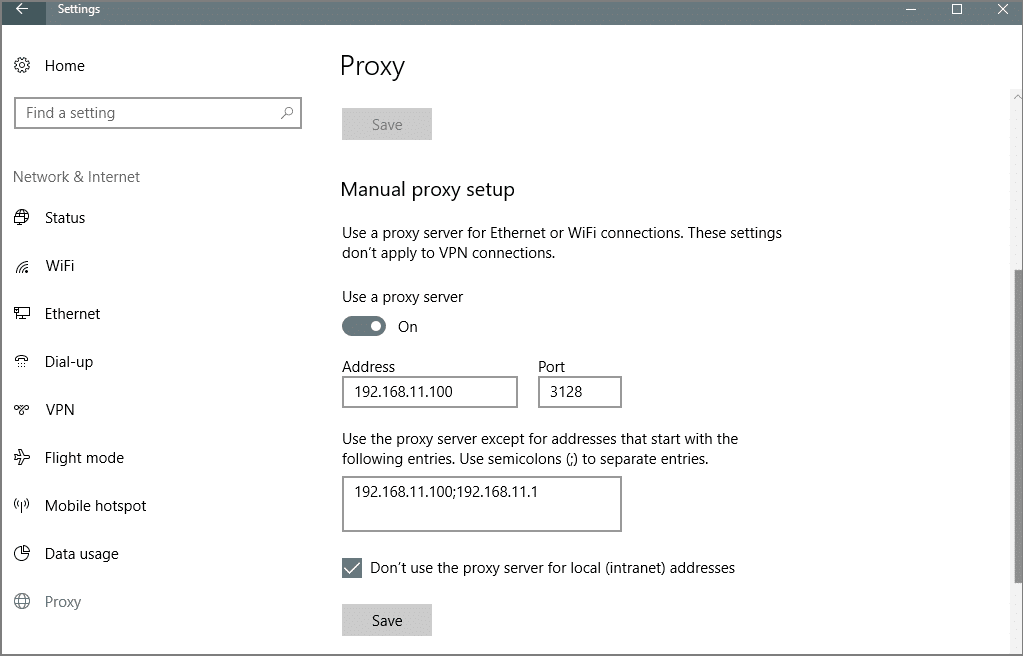
While the steps highlighted in the guide are easy, sometimes, the proxy address does not provide you the IP address and port your requests are being routed through – this happens more with residential and mobile proxies that use subdomains as opposed to IP address as proxy address.
While you can use any IP lookup tool, not all of them provide information about ports. To find out both IP address and port, use the MyIP tool website.
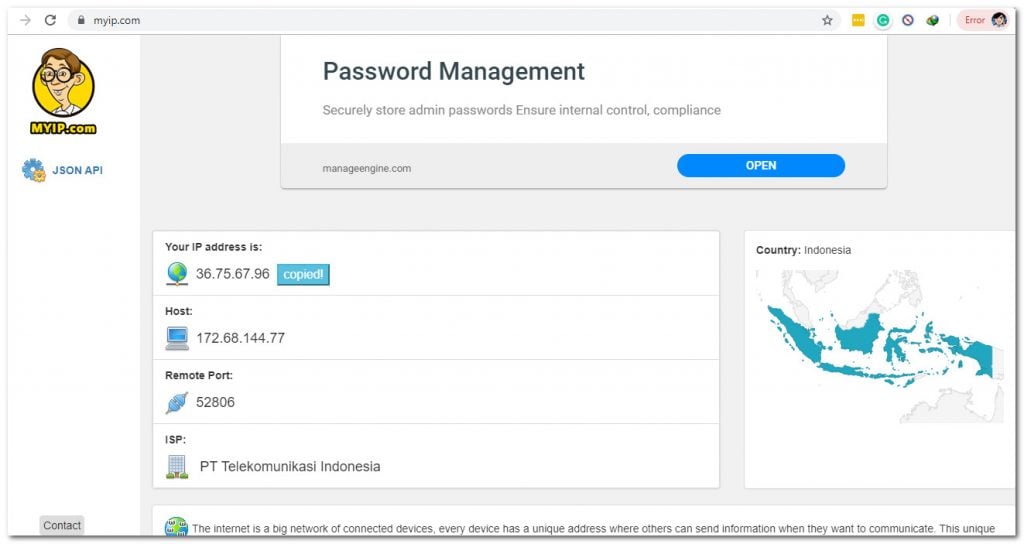
- iOS Proxy 101: How to Configure a Proxy Server on iPhone
- Android Proxy 101: How to Configure a Proxy Server on Android
Commonly Used Default Proxy Ports
In this section of the article, we would be looking at the commonly used default ports by proxy servers. You need to know that, as stated earlier, proxy providers do not use ports as stated by the standard. Instead, they use them in the partitioning of their service and making sure they remain undetected.
For this reason, you shouldn’t expect to see any proxy-specific port in this guide. There are default proxy port numbers meant for use by proxy servers, but doing so would mean revealing the fact that their clients are using a proxy server. Let take a look at some of the popular ports they use.
HTTP(S) Proxy Ports
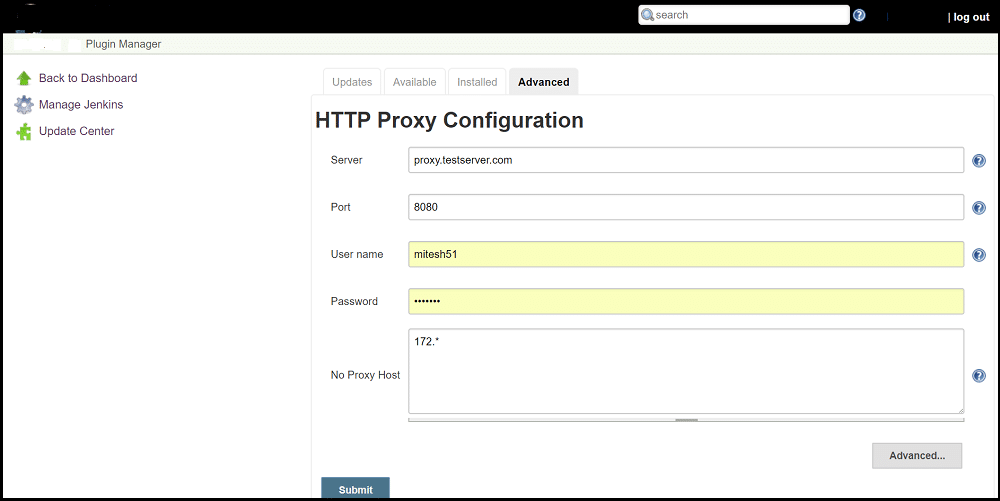
The HyperTextTransfer Protocol (HTTP) is the protocol for transmitting hypermedia documents, such as HTML. This is used by general web browsing and is supported by most web clients. The protocol is considered high level and specifically for the WWW. There are 3 popular HTTP proxy ports in use.
-
Port 80, 8080, 8008
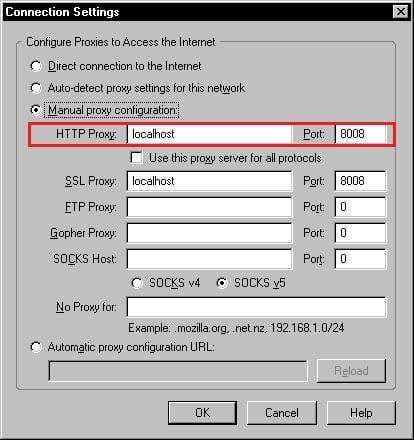
8080 and 8008 are alternative ports to port 80. This does not mean port 80 in proxies means data is unencrypted – that’s just what your ISP will think of it as that’s the port for such.
- What is an HTTP Proxy? Types of HTTP Proxies Explained!
- How to Find My HTTP Proxy Port Number
-
Port 443
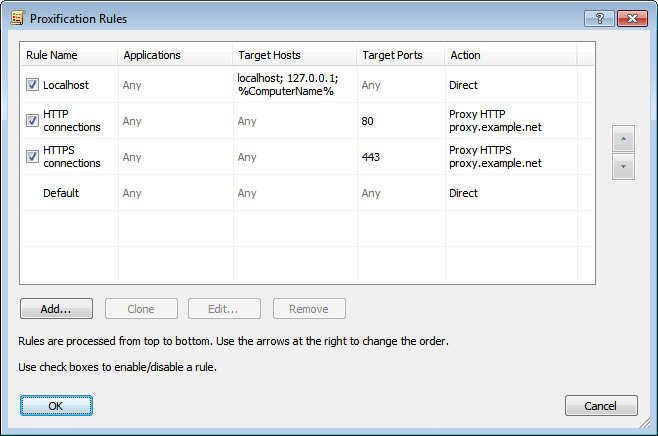
Aside from the regular HTTP protocol, there’s a secure HTTPS protocol known as HTTP Secure (HTTPS), also referred to as HTTP over TLS/SSL.
Secure communication is not done through insecure ports such as port 80. Instead, a secure encrypted port which is port 443, is used. This is the port most VPN servers used, which makes them indistinguishable from regular web servers.
Socks Proxy Port
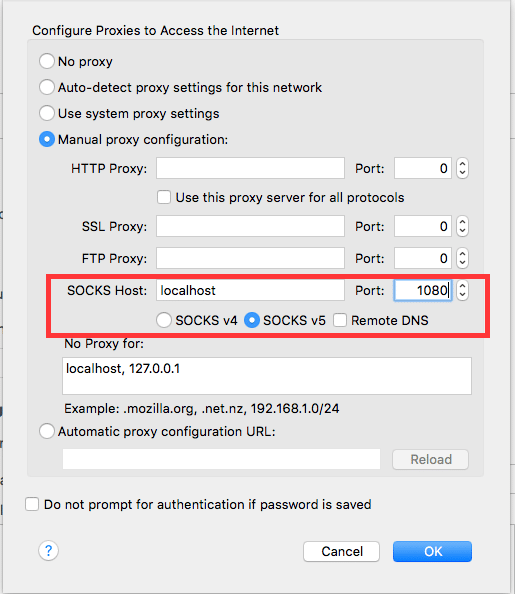
SOCKS is an Internet protocol that exchanges network packets between a client and server through a proxy server. Unlike in the case of HTTP proxies that do not have an actual port allocated to them, Socks proxy does.
-
Port 1080 and 1081
These two ports have been reserved for sock proxy communication. Interestingly, proxy services do not use them, as doing so would tell your ISP that you’re using a proxy server.
- What is a Socks Proxy? Paid & Free Socks proxies List Added!
- What is the Difference Between HTTP and SOCKS Proxies?
Squid Proxy Port (3128)
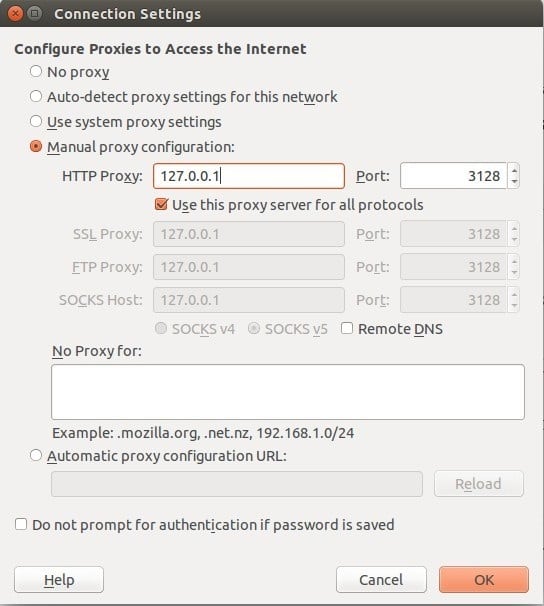
Squid, the popular caching and forwarding web proxy, has a port it listens to by default. The port number is 3128. This is the port that will always be used anytime it is working. If you want to change it for whatever reason, you can check this guide to learn how to change Squid proxy default port.
Again, you need to know those proxy servers do not follow standards, and even if they use any of these ports, it is for another reason other than the following convention.
Most proxy servers use other ports. However, the port 80, 8080, and 443 are quite popular.

Commonly Closed Ports in Proxy Services

While there are thousands of ports available, some of them are either not in use or are simply closed for some reason. Your operating system keeps some closed for security reasons, as some could be used as backdoors.
For proxy servers, aside from security reasons, proxy servers keep their IPs closed in other to prevent spam and enforce some rules. One of the most popular ports closed is port 25, meant for the Simple Mail Transfer Protocol (SMTP) E-mail Routing. This is done to prevent e-mail spamming. It might interest you to know that some ISPs also keep this closed by default.
Ports such as 6881-6889, among others, are closed to prevent torrenting since many proxy servers do not support that. These ports are well-known ports for BitTorrent traffic. A proxy server reserves the right to open and close ports in other to allow certain users or disallow them.
Conclusion
As a way of concluding the article, I will stress here that proxy port numbers have conventions that proxy servers do not follow, and as such, in proxy servers, there’s no standard. Even though ports 80, 8080, and 443 are commonly used, you still get randomly chosen ports being used for the same task.
Proxy service providers use proxy ports for partitioning their proxy pool and doing other internal tasks as opposed to using them according to the convention. For this reason, it is important you contact a provider and know the ports they have open and what they are meant for.
Related,

